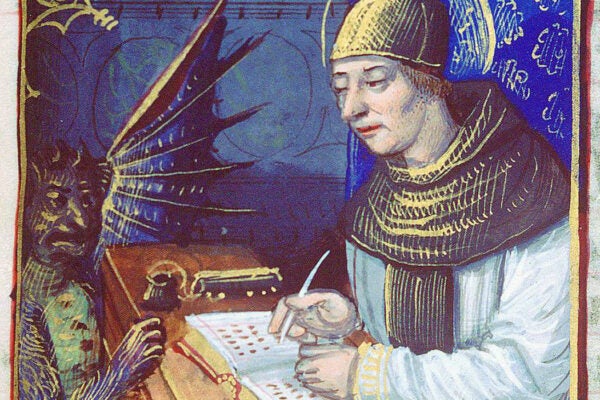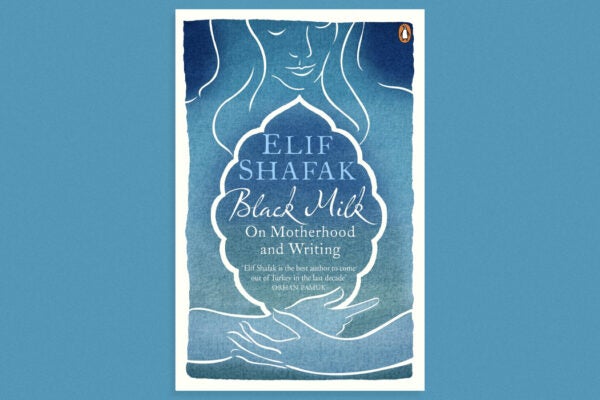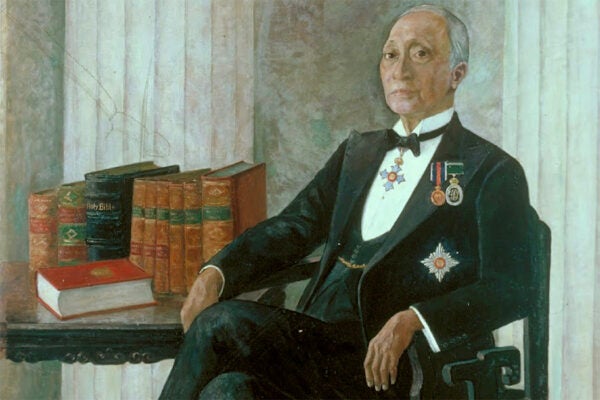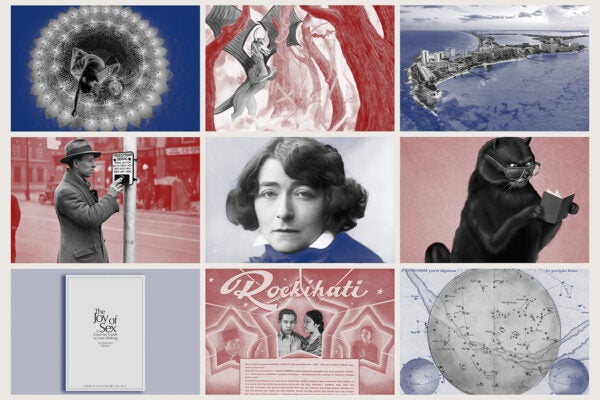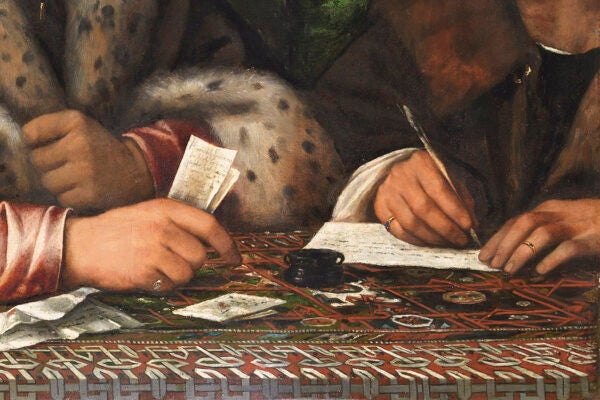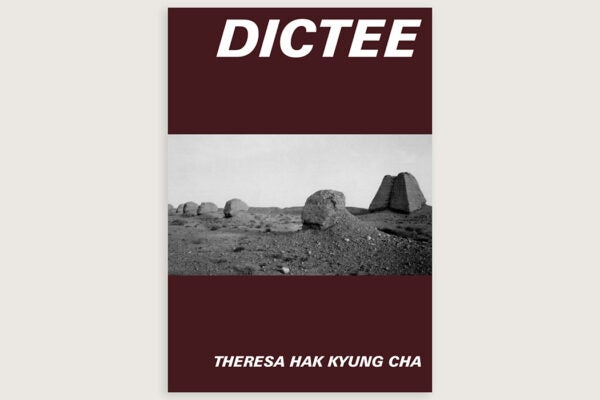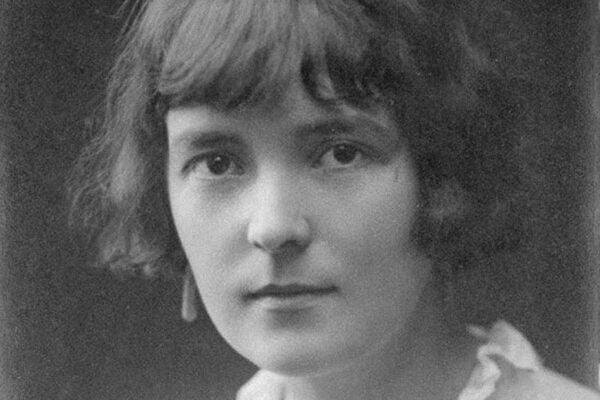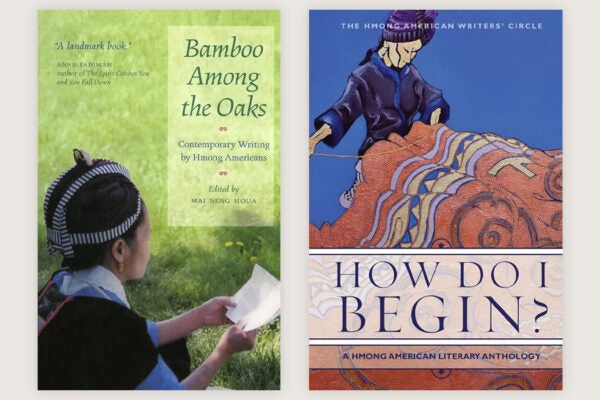Tutivillus Is Watching You
For medieval scribes, mistakes couldn’t be easily shrugged off, as Tutivillus, the stickler demon, was always looking over their shoulders.
Fear and Fertility in Elif Shafak’s Black Milk
Shafak exposes her terror over motherhood’s potential to devour creativity—a panic she imagines sharing with a parade of literary forebears.
Writing a “Different Type of Chinese” into Being
The Western-educated Straits Chinese elite of colonial Malaya were among the first writers to produce a local literature in the English language.
JSTOR Daily: What I Learned
Go behind the scenes with our writers as we celebrate JSTOR Daily’s tenth anniversary!
All Travelers are Infiltrators: An Introduction to the Study of Travel Writing
Travel writing as a genre has arguably been around for centuries, but it didn’t emerge as a distinct field of academic study until the 1980s.
The Merchants of Venice—In Code
Sixteenth-century Venice conducted its affairs in code, so much so that cryptology was professionalized and regulated by the state.
A “Genre-Bending” Poetic Journey through Modern Korean History
Theresa Hak Kyung Cha’s Dictée is an experiment in both lyric and epic modernism that uses form to invoke the tragedy of the wartime partition of Korea.
Katherine Mansfield and Anton Chekhov
Living in exile in Germany, the young New Zealand writer Katherine Mansfield found solace in studying—and copying—Chekhov’s short stories.
Charles Darwin and His Correspondents: A Lifetime of Letters
An epistolary network was critical for Darwin’s work, allowing him to obtain new information while sparking fresh ideas in his correspondents’ minds.
Searching for Home in Hmong American Writing
Two significant poetry anthologies deterritorialize home, showing that for Hmong Americans, home can be a process of moving and running despite living in a place.
